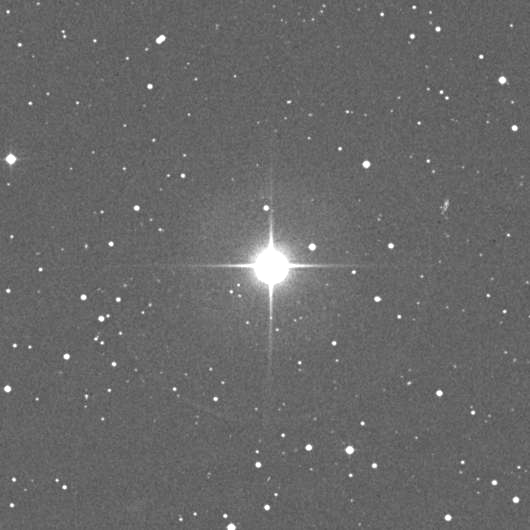CH 43: You can see the Past as it Were
When you try to imagine the fastest thing known to man, what would you surmise that to be? Well, it is generally accepted that the speed of light has that honor. It is clocked in at 186,282 miles per second, which is roughly going from the east coast to the west coast of America 62 times in one second. Clearly, this is a hard-to-comprehend rate of travel; even consider the relative sloth of the speed of sound. The speed of sound depends on the substance in which it travels, but through the air it generally goes less than a quarter of a mile per second. So light is many hundreds of thousands of times faster than sound. When we talk about distances in the universe, which are so often incredibly long distances, it makes sense then to use the speed of light in describing the distance. Light years for example, are not a measure of time but of distance, namely the distance that light travels in a year, just under six trillion miles. For example, the distance from our sun to earth is about 8.5 light minutes, which is the distance that light will travel in 8.5 minutes. Considering what it can accomplish in one second, 8.5 minutes is a very long way. What makes this distance paltry in comparison is considering the brightest star in the sky, Sirius. This star is approximately 9 light years away. This means that the Sirius star/sun is the distance from the earth that it would take light to travel if it was on a straight line with no breaks for 9 years. This is an incredible distance in the context of what we experience in our own lives. It also means that when we gaze at Sirius on any given night, we are actually seeing it as it was years in the past simply because there is no way to view the light of the star as it is at the moment you are staring at because it takes light too long to show up, 9 years in the example of Sirius. With the latest telescopes we can even peer at stars that are totally invisible to the naked eye and subsequently much further a distance then a super close star like Sirius. For example, using Hubble, we have been able to look at the light of stars from nearly 14 billion years ago. This is close to the Big Bang, which is currently understood to be the beginning of time.
So remember if you ever wish to gaze into the past, you needn't look further then the sky at night to see another place and time. Considering the profundity of time, I think stargazing is a rather remarkable and maybe even ignored fact of nature.

This star's light is way older than you




